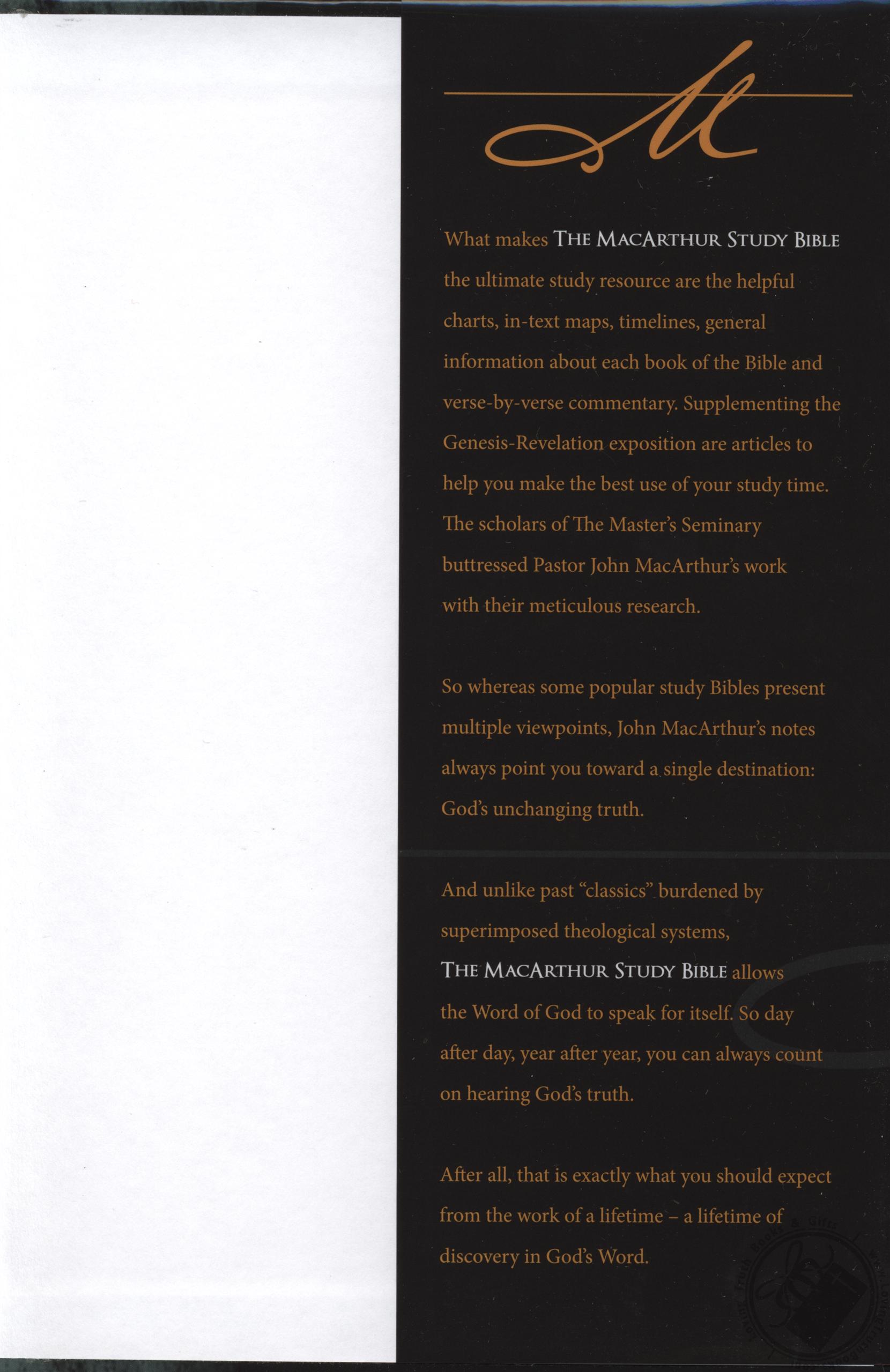
In other cases, such as Matt 18:11, an additional verse from the parallel passage in another gospel was added in. In some cases, such as John 5:3b-4, a scribe mistook an explanatory marginal comment for a correction and copied it into the text. Some verses present in the manuscripts Erasmus used did not appear in the older manuscripts. On the basis of this older evidence, it soon became clear that the text of the New Testament had “grown” slightly as it was copied by hand century after century. The situation changed dramatically starting in the late 1700s, as many more manuscripts-some of them six to nine centuries older than those Erasmus used-became available to European scholars. This was basically Erasmus’ text, edited on the basis of a few 12th-century Greek manuscripts. Virtually all English translations from the Geneva Bible and the KJV down to 1880 used the same basic Greek text as their foundation, a form that later came to be known (on the basis of a 1633 “publisher’s blurb”) as the “received text” (Latin, Textus Receptus).

The many editions of Théodore Beza (Calvin’s successor at Geneva) differed little from Estienne’s fourth edition, and Beza’s 1588- editions were heavily used by the translators of the 1611 KJV. His work was used by the Geneva Bible translators, whose New Testament was published, with the support of John Calvin, in 1557. These include the 1550 third edition of Robert Estienne (also known as Robertus Stephanus), whose 1551 fourth edition was the first to include verse divisions. Later editions of the Greek New Testament basically echoed Erasmus’ text. Subsequent editions, including the influential 1522 third edition, included only slight revisions. Erasmus’ 1516 printed text reflected the Greek text as found in 12th-century manuscripts. He had only a very small number of handwritten Greek New Testament manuscripts available as the basis for his printed text, and the ones he used the most were from the 12th century (the oldest manuscript, which he used the least, was from the 10th century). The very first Greek text to be printed and published was edited by the famous Christian humanist scholar Erasmus in 1516. Because of this, the KJV includes verses that more recent translations do not. The KJV’s translators used a printed Greek text that included about 16 verses not included in more recent printed editions of the Greek text. Translators of the KJV and of more modern editions did not use the same printed Greek text. For example, the KJV includes Matt 18:11, but in the NRSV the verse numbers jump from Matt 18:10 to Matt 18:12-there is no Matt 18:11. Some translations, such as the King James Version (KJV), include verses not found in other translations, such as the New Revised Standard Version (NRSV).

You are only answerable to God for how you use it.Perceptive readers who compare English translations of the Bible may notice something strange. Since one of my goals was to make a modern translation of the New Testament widely and inexpensively available, I am placing the 2000 version of the Revised King James New Testament in the public domain. The 1998 version included only more notable passages. The only change to the 2000 edition is that I've included - marked by brackets - virtually all passages and words from the King James Version that are generally omitted in modern translations. I did not return to the original languages in developing it. The RKJ New Testament was developed using various modern translations.

Brackets enclose passages that are generally omitted in modern translations. I've used the masculine in the old, gender-inclusive sense. Welcome to the 2000 edition of the Revised King James New Testament! As in the 1998 edition, I've tried to maintain the feel of the King James Version, frequently using British spellings, and including much of the KJV syntax and even some antiquated words. Revised King James New Testament, 2000 Edition, edited by Brad Haugaard.


 0 kommentar(er)
0 kommentar(er)
